Подпишитесь на нашу рассылку и всегда первыми узнавайте о том, что происходит.
How to Conduct the Ore Photoelectric Sorting Experiment?
Aug 24, 2024Ore sorting experiment is a key link in the processing of mineral resources, which involves knowledge in multiple fields such as physics and chemistry. Through experiments, the optimal mineral processing process, equipment configuration and operating conditions can be determined, thereby improving the grade and recovery rate of ore and reducing production costs.
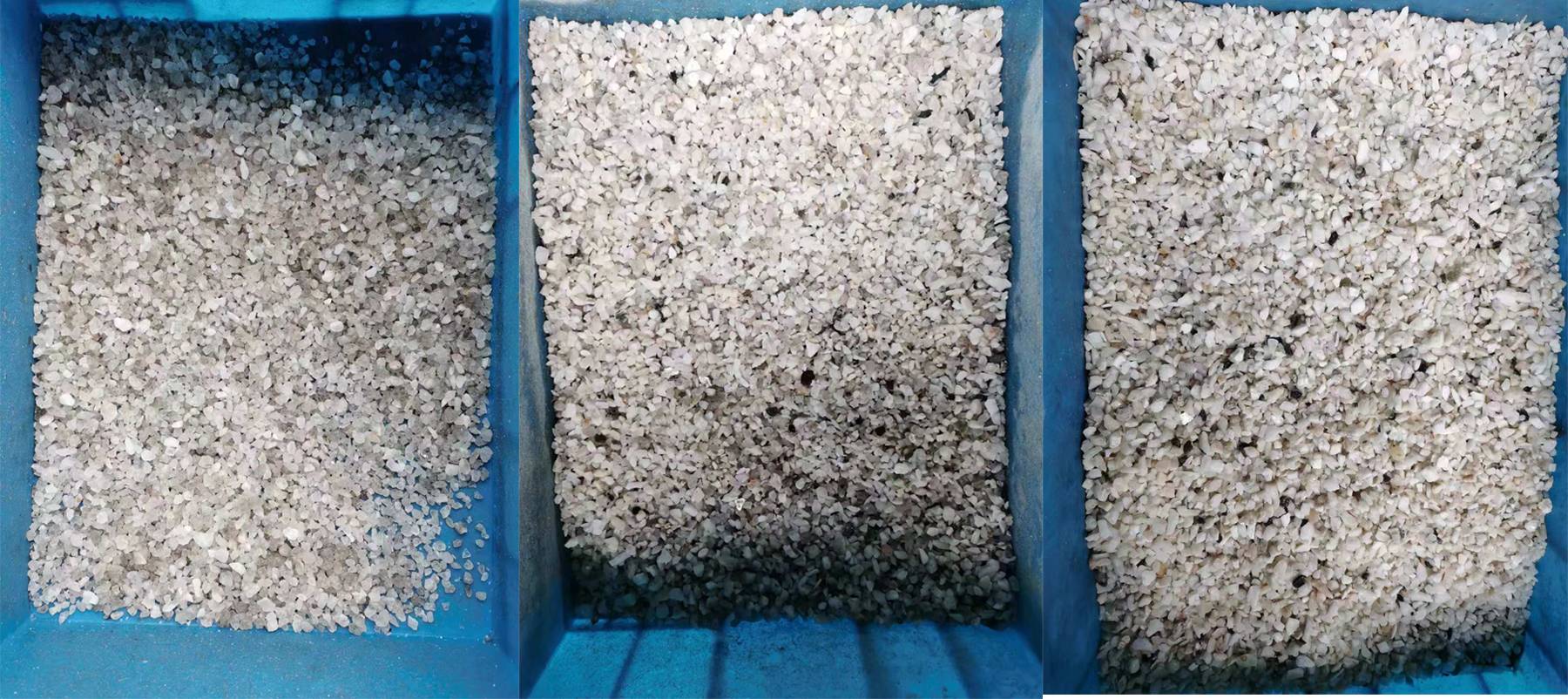
Ore sorting experiment is a key process in mining engineering, which involves a series of complex processes such as ore crushing, grinding, screening, and sorting.
So how can we do a good job in ore sorting experiment?
First of all, if we want to do a good ore sorting experiment, we need to know what factors will affect the accuracy of the ore sorting experiment? Only by clarifying the influencing factors can we avoid errors and solve problems in a targeted manner.
There are many factors that affect the accuracy of ore sorting experiments, which can be analyzed from the following aspects:
Ore properties
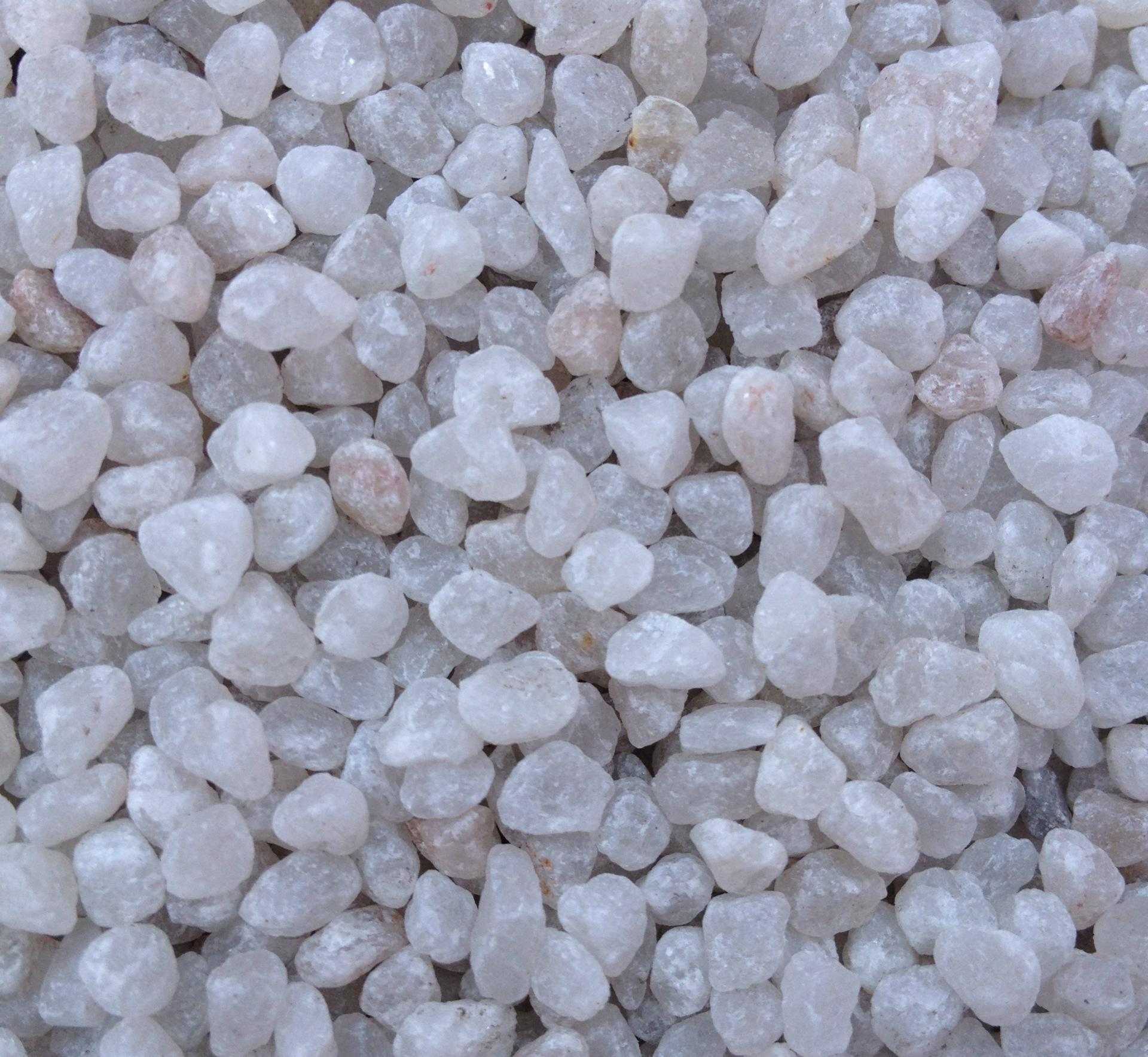
The physical and chemical properties of ore are the primary factors affecting the accuracy of mineral processing tests. The complexity of ore composition, the embedding characteristics of minerals, the particle size distribution, and the density difference will all affect the sorting effect. For example, the content of associated minerals and impurities in the ore, the structural structure of the ore, and the particle size and shape of the ore will all affect the sorting process.
Experimental conditions
The stability of the experimental conditions is crucial to the accuracy of the experimental results. The stability of the laboratory environment and equipment, such as temperature, humidity, vibration, etc., may affect the accuracy of ore sorting. In addition, the technical level and experience of the experimental operators also have a significant impact on the experimental results.
Data analysis

A large amount of experimental data needs to be accurately analyzed and processed to ensure the reliability of the results. The accuracy of data analysis depends on the accuracy of the analytical methods and tools used. The use of advanced data analysis software and methods, such as statistical analysis, simulation and optimization design, can improve the accuracy and reliability of data analysis.
Process parameters
Process parameters, such as crushing fineness, have a direct impact on the mineral processing effect. Crushing fineness determines the degree of dissociation of minerals.
Environmental factors
Environmental factors, including the geographical location of the mine, climatic conditions, and water sources, will also affect the operating status of the mineral processing equipment and the effect of the reagents.
Equipment performance
The performance and configuration of mineral processing equipment directly affect the mineral processing efficiency and the quality of the final product. The stability, accuracy and automation of the equipment are all key factors affecting the effect of mineral processing.
These factors will more or less affect the results of the ore sorting experiment. To improve the accuracy of the ore sorting experiment, it is necessary to comprehensively consider and optimize these aspects.
For the above-mentioned influencing factors, we can make preparations before and during sorting.
Before conducting an ore sorting experiment, it is necessary to make adequate preparations to ensure the accuracy and reliability of the experimental results. The following is a detailed introduction to the preparations that need to be done before the experiment.
Ore property research
Before conducting an ore sorting experiment, it is necessary to first conduct a comprehensive property study on the ore. This includes spectral analysis, multi-element analysis, and X-ray diffraction analysis of the ore to identify the beneficial and harmful elemental components in the ore. In addition, it is necessary to conduct phase analysis of the valuable and harmful elements in the sample to provide guidance for the process flow. The determination of the physical properties of the sample, such as dissociation degree, hardness, true density, loose density, grindability, etc., is also essential.
Sample preparation
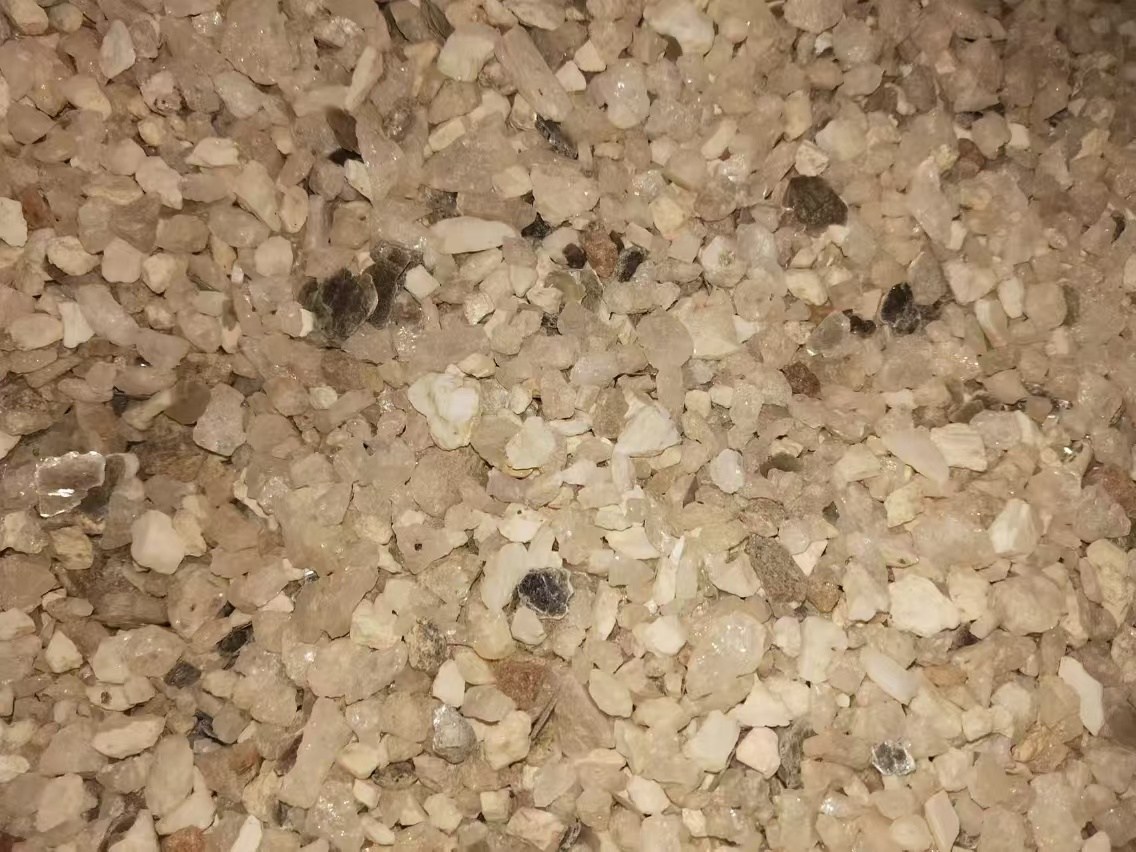
The representativeness of the sample is crucial to the accuracy of the experimental results. It is necessary to provide representative samples, the quantity of which is usually not less than 200 kg, and even more than 500 kg is required depending on the specific situation of the gold ore sample. If the samples come from multiple veins (belts, points), each ore point needs to be sampled separately, and each point sample must be no less than 50 to 100 kg. The sampling should be carried out by the technical personnel of geology, mining and mineral processing to avoid unilateral operation.
Equipment inspection and maintenance
Before the experiment, all equipment should be inspected in detail to ensure that they can operate normally. The stability of the equipment directly affects the accuracy and reliability of the experimental data, so any potential problems must be solved before the experiment begins.
After the preparation work, we will really start to enter the ore sorting experiment.
When designing an ore sorting experiment, choosing the right crushing and grading equipment is a key step to ensure the success of the experiment. Crushing The selection of crushing and grading equipment needs to be based on the physical and chemical properties of the ore, production capacity and efficiency requirements, equipment durability and maintenance convenience.
Selection of crushing equipment
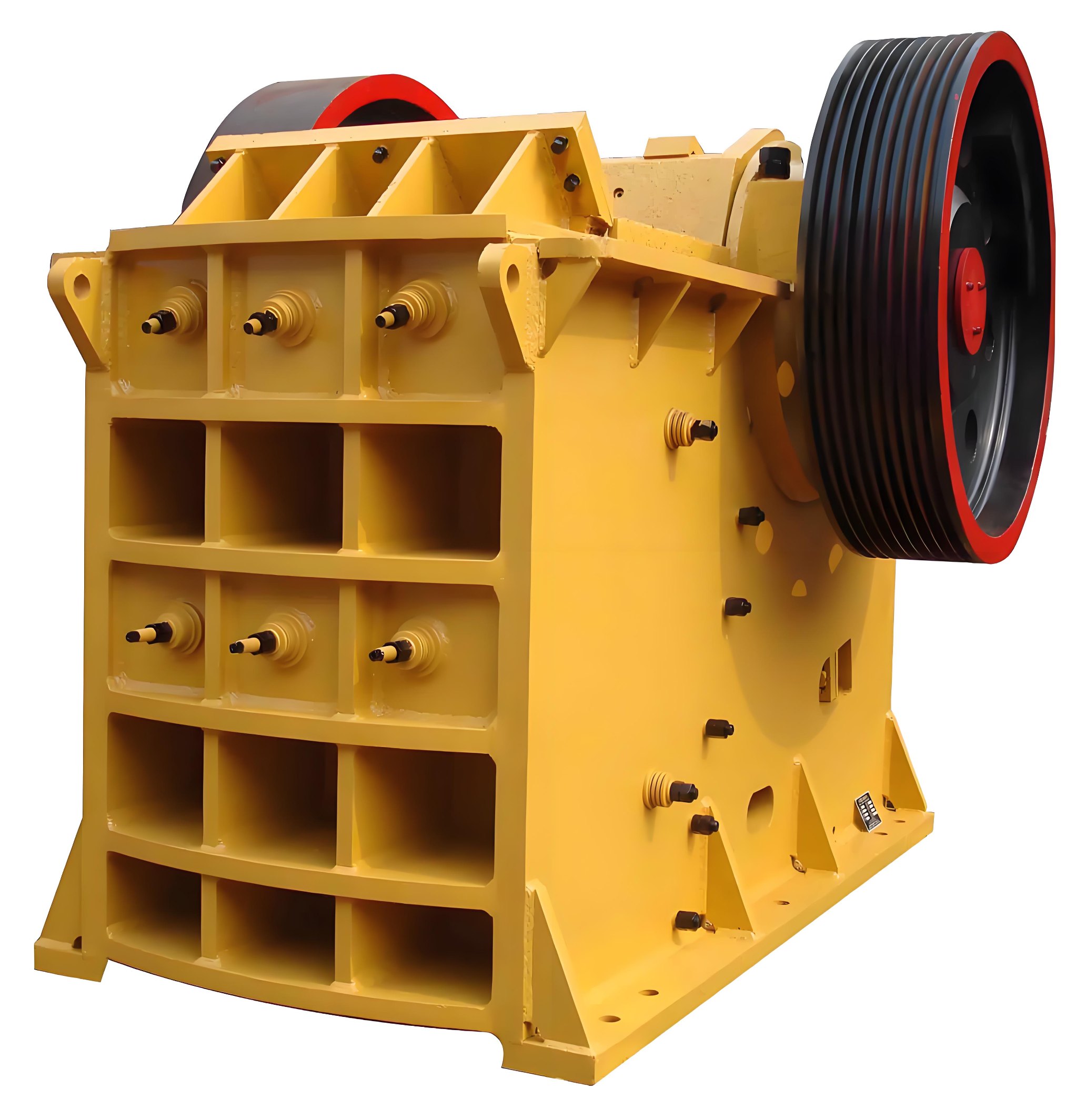
Crushing equipment mainly includes jaw crusher, hammer crusher, gyratory crusher, etc. Jaw crushers are suitable for primary crushing, especially for handling ores with higher hardness; hammer crushers are suitable for crushing softer ores. The performance of crushing equipment depends largely on its parameter settings, such as speed, discharge port width and crushing cavity type. The optimization of these parameters can improve the crushing efficiency and material passing capacity of the equipment.
Selection of grading equipment
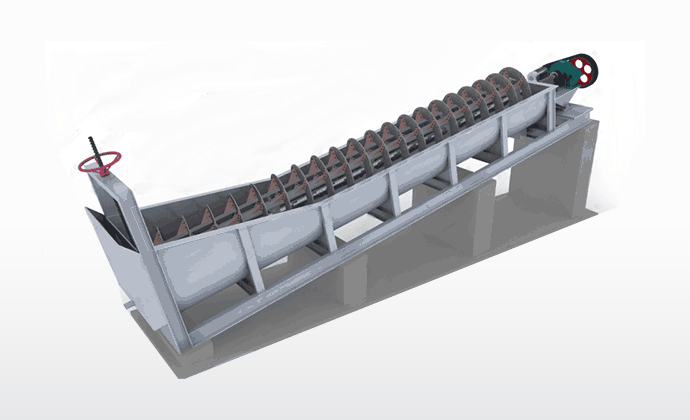
Grading equipment is used to classify ground ore. Common ones include spiral classifiers and hydrocyclones. The spiral classifier uses the difference in the settling speed of particles to classify and lift the ore through the rotation of the spiral. The hydrocyclone is suitable for fine screening of fine-grained ores. It is characterized by high vibration frequency, high screening efficiency and high screening rate.
Comprehensive considerations
When selecting crushing and grinding equipment, in addition to the characteristics of the above equipment itself, the following factors need to be considered:
Ore characteristics: hardness, brittleness, moisture content, etc. will affect the selection of equipment.
Production capacity and efficiency requirements: The processing capacity of the equipment directly affects the processing speed and output of the ore.
Equipment durability and maintenance cost: Equipment with good wear resistance can significantly extend its service life and reduce maintenance costs.
Ease of operation: Equipment with easy operation can reduce training time and improve production efficiency.
Environmental protection requirements: With the increasingly stringent environmental protection standards, the environmental protection performance of equipment has also become an important consideration for selection.
After crushing and screening the ore, the next step is the phased experiment.
Phase experiment
We need to select different photoelectric sorting equipment according to the different characteristics of the ore. Generally speaking, for metal ores with unclear surface features, we recommend that you choose an X-ray intelligent sorting machine for experiment. The X-ray intelligent sorting machine can obtain different imaging effects through the different penetration capabilities of X-rays in ores of different densities, and sort the ore according to the imaging results. For ores with obvious color features, we can choose a ore color sorter for experiment. For other ores with obvious surface features, we can choose an AI intelligent machine for sorting experiments.
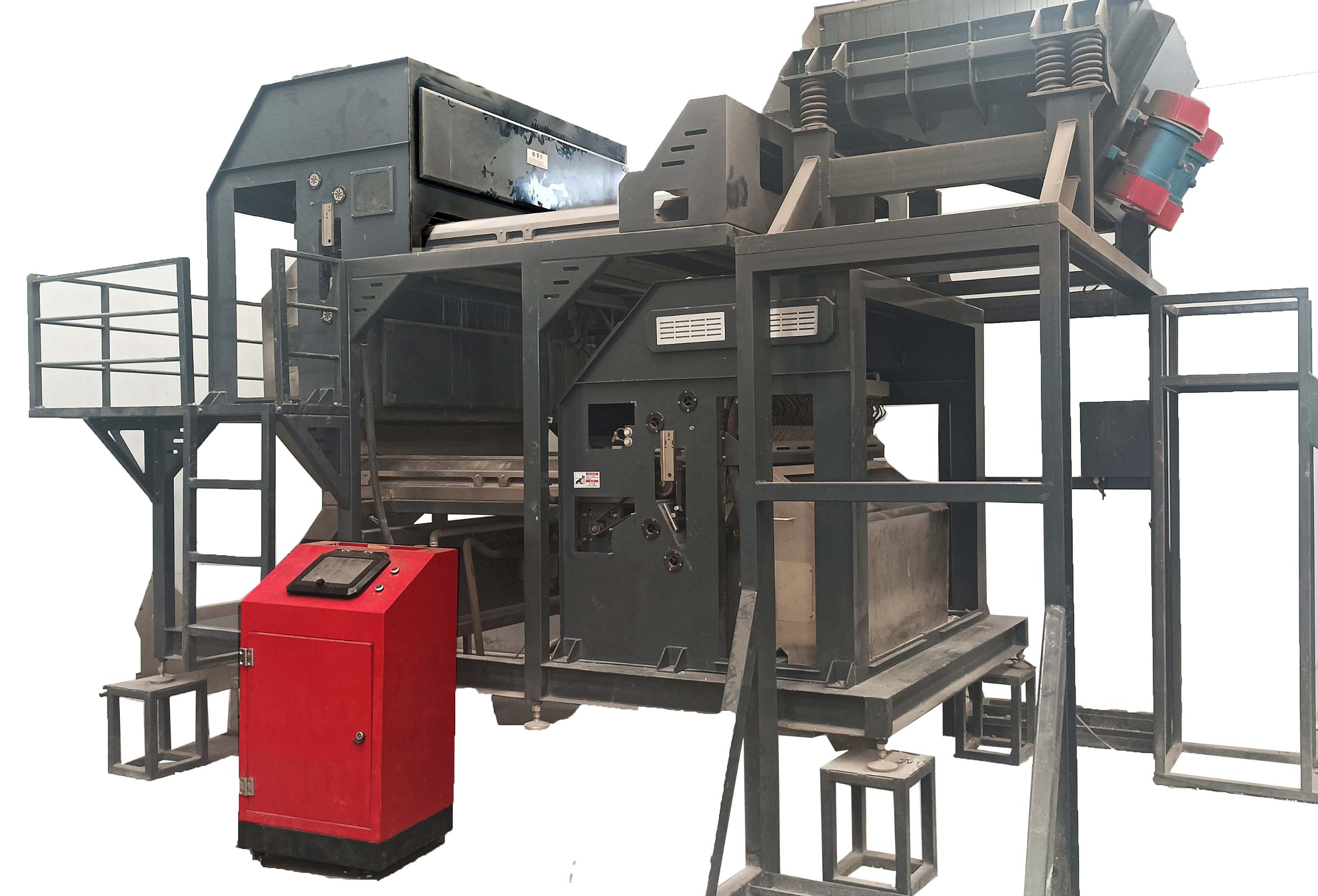
In addition, for ore samples of different particle sizes, the selected machine models are also different. For customers, in choosing a suitable photoelectric sorting machine, it is mainly based on the properties of the ore itself and its own sorting requirements.
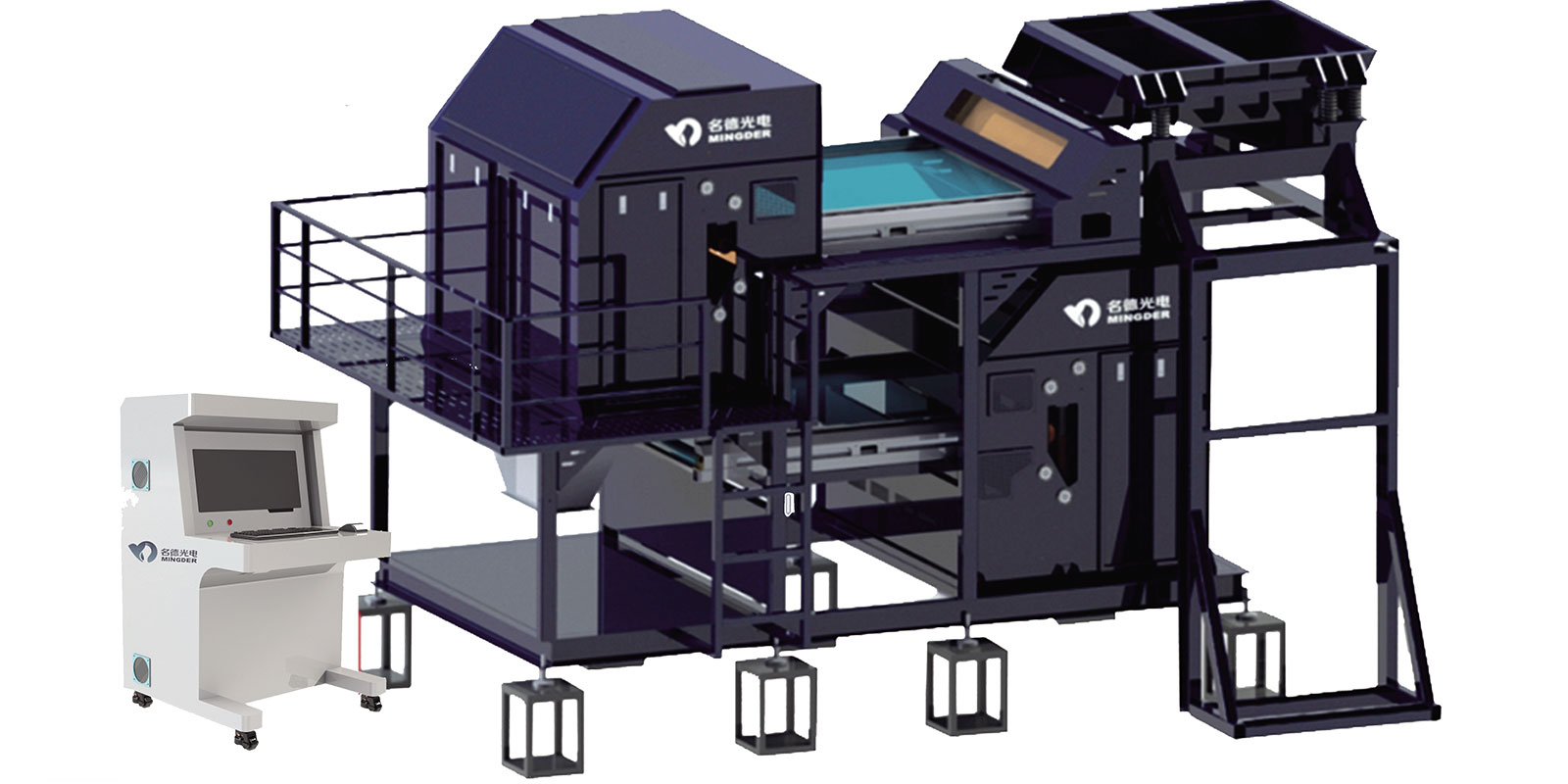
After crushing and screening the ore, the X intelligent sorter and AI intelligent sorter collect images of the ore through high-definition cameras, and then use machine vision technology to process and analyze the images. After deep learning algorithms, a large amount of ore sample data is trained to establish a model for ore identification and classification. This model can self-learn and optimize, identify the color, shape, texture and other characteristics of the ore, and realize automatic identification and sorting of ore types. Before the formal sorting, the machine needs some time to process and sort the collected ore images, so we need to wait patiently.
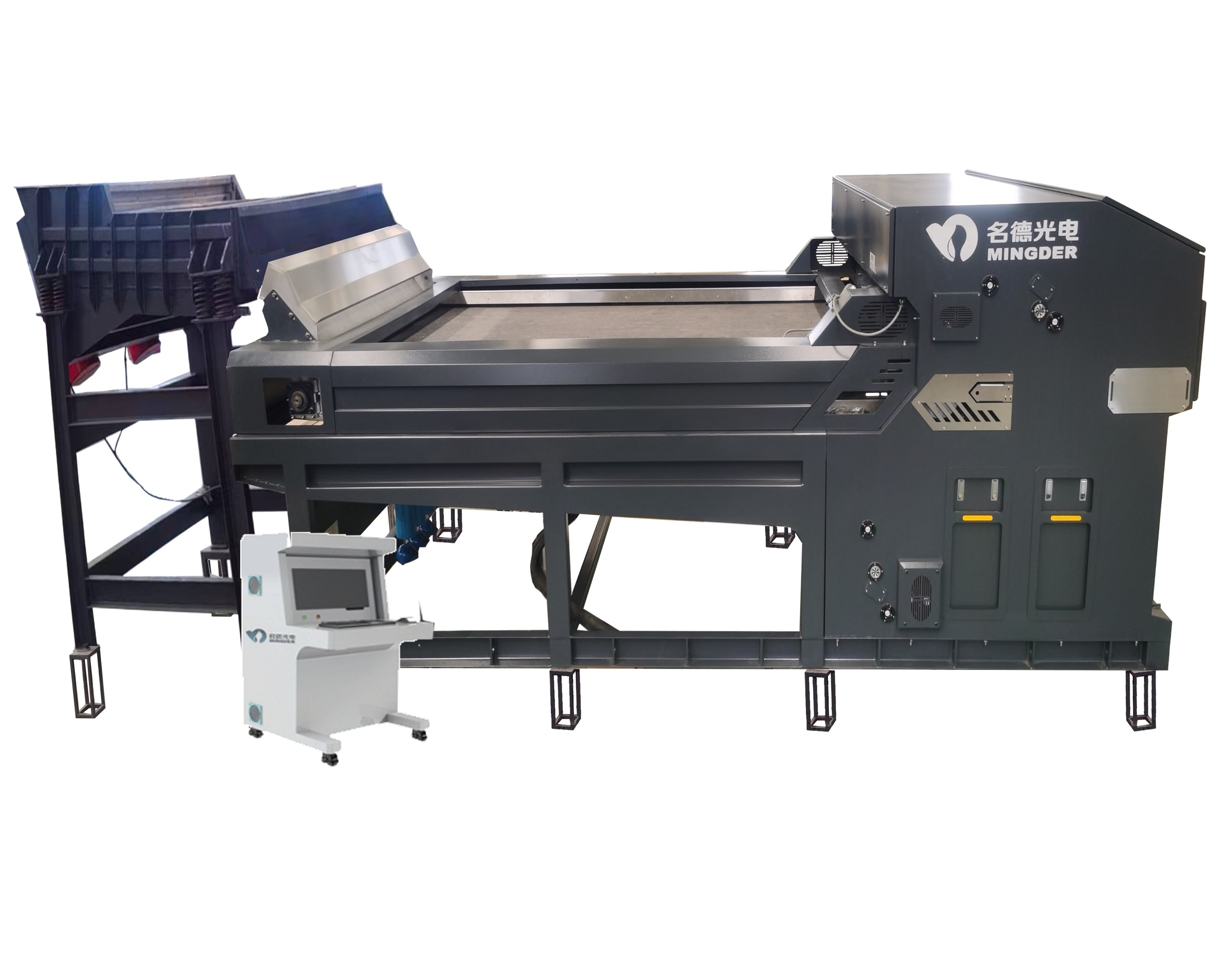
During the phased experiment of machine sorting, we need to repeat it many times under different conditions and record relevant data to verify the stability and reliability of the beneficiation effect.
After the phased experiment, we need to organize and interpret the data collected during the experiment to determine the optimal beneficiation process and equipment configuration of the ore. Data analysis can be carried out using statistical methods and software tools to provide a basis for in-depth data understanding and process optimization, so as to select suitable photoelectric sorting equipment.